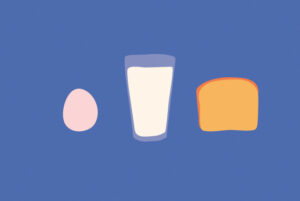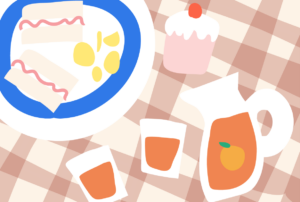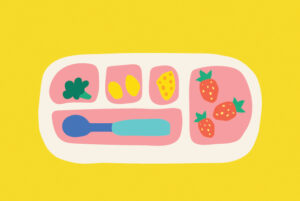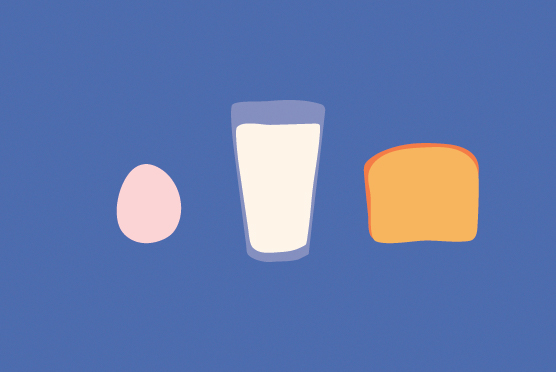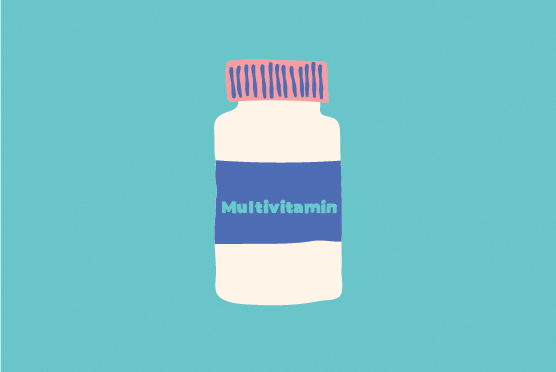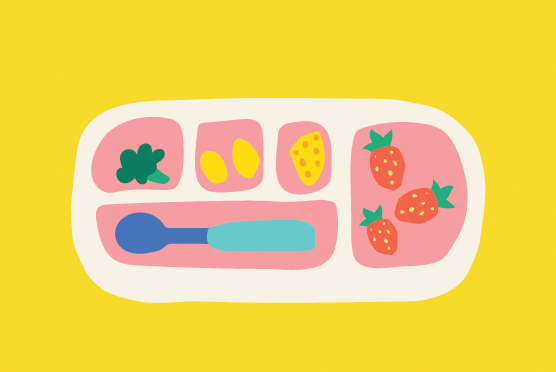Inside this article
As parents, we all want the best for our children, especially when it comes to their nutrition. However, the vast majority of commercial baby and toddler foods on the market today fall short of public health recommendations for early childhood feeding. Ultra-processed foods (UPFs), excessive levels of free sugars, and misleading marketing all play a part in this. In this article we will take a look at the issues surrounding UPFs for babies and children, understand their implications, and explore practical steps parents can take to ensure children receive the nourishment they need to thrive.
The rise of UPFs in baby and children’s diets
A staggering 29.2% of baby foods are now classified as ultra-processed. This number rises to 50% for baby snacks and cereals, and to an alarming 75% for baby biscuits and rusks. UPFs are typically high in calories, unhealthy fats, sugars, and salt, while being low in essential nutrients like vitamins, minerals, and fibre.
The reason why the high proportion of baby foods being ultra-processed is alarming is due to research showing us that diets high in UPFs are linked to increased energy density and free sugars, which can lead to obesity and other health issues such as type 2 diabetes as children grow.
Moreover, UPFs can alter a child’s long-term food preferences, making them more inclined to crave sweet and salty flavours. Additives like emulsifiers and preservatives in UPFs, while still under investigation for their long-term effects, are another area of concern. The consequences of these dietary patterns can be significant. With children who consume more of these foods at higher risk for nutritional inadequacy which can stunt growth and lead to obesity, type 2 diabetes, and other chronic health conditions.
Are all UPFs bad?
In some situations, UPFs may be useful or even essential, such as for people with special dietary needs. Infant formula is considered ultra-processed but it is necessary and the only suitable alternative for anyone who cannot or chooses not to breastfeed. It is created to provide complete nutrition to babies and is based on extensive breast milk research.
For people with certain allergies, UPFs may be required more often. Research has however found that children and adolescents with food allergies consume more UPFs. As a percentage of their total energy intake than those without allergies. This, might be because it is more difficult to find safe alternatives or they rely on UPFs which are known to be safe. Or, parents may be worried about offering their children new foods. People with Coeliac disease for example may rely on gluten-free processed foods.
It is important to strike a balance with ultra-processed foods. Some UPFs, like whole-grain bread from the supermarket or fortified pasta, despite being classed as ultra-processed, are nutritionally dense and can be part of a balanced diet. Eating UPFs occasionally, especially in the context of an overall balanced diet, is generally not harmful. The problem arises with excessive and frequent consumption.
Some foods that are classified as processed such as tinned beans (including baked beans), tinned vegetables and tinned tomatoes are nutritious foods that are a staple in many food cupboards and support a nutritious balanced diet.
The hidden sugars and misleading marketing in “healthy” foods
The food system is integral to supporting parents with providing their children and families with foods that will nourish them and help them thrive. Many parents are drawn to products that claim to be “pure fruit,” “one of your five a day,” or “no added sugar.” Their claims sound like they support our health. However, the reality can be quite different. Take, for example, popular snacks like Fruit yoyos or roll ups. The packaging on this type of product may highlight that they are made from whole fruit, with no added sugars, which, in theory, sounds great. But here’s the catch: the fruit has been processed, blended, and reconstituted into shapes that increase the sugar content. It is now classified as free sugar. This is the same type of sugar found in sweets. Which we know can contribute to unhealthy weight gain and dental issues in young children.
This type of food environment and marketing makes it difficult for parents to make informed decisions and the best decisions for their family’s health.
Navigating the food system: supporting healthier choices
Given the challenges posed by the current food system, it’s crucial for parents to be informed and proactive. One helpful tool is the NOVA classification, which categorises foods based on the extent of their processing:
- Group 1: Unprocessed or minimally processed foods like fresh fruits, vegetables, and meats.
- Group 2: Processed culinary ingredients like oils, salt, and sugar, used in cooking.
- Group 3: Processed foods made by adding Group 2 ingredients to Group 1 foods, such as canned beans or bread.
- Group 4: UPFs, which have undergone multiple processing steps and include additives like sweeteners, flavour enhancers, and preservatives. This category includes ready meals, breakfast cereals, flavoured yoghurt, and many snack foods.
While it’s not necessary to eliminate all processed foods from your child’s diet, it’s important to strike a balance. For example, some ultra-processed breakfast cereals are fortified with essential vitamins and minerals like vitamin D, B vitamins, and iron, which are vital for your child’s health. Similarly, supermarket bread, despite being processed, can still be a good source of fibre and important vitamins.
Practical tips for healthier eating
As parents, there are several strategies you can adopt to make healthier food choices for your family:
- Read ingredient lists: Opt for products with shorter ingredient lists—ideally less than five items. This usually indicates fewer additives and less processing. Go for products where you recognise the ingredients on that list, a good sense check is whether it is something you recognise or would use in your own kitchen.
- Cook together: Involve your children in the kitchen and cook from scratch as much as possible. We know this can be difficult at times with busy lifestyles but it not only ensures healthier meals but also teaches valuable life skills. It can also be a super fun family activity.
- Choose no added sugar options: When selecting foods, look for those without added sugars. This is particularly important for snacks and breakfast cereals. Products are classified as high in sugar if they contain more than 22.5g of total sugar per 100g.
- Check ingredient order: Ingredients are listed by weight, so the closer sugar and salt are to the end of the list, the better.
- Opt for natural sweeteners: Swap sweetened cereals for porridge or wheat biscuits. For yoghurt, choose plain Greek or natural yoghurt and add fresh fruit for sweetness.
- Practice moderation: Don’t feel guilty about including some UPFs occasionally. The key is moderation—serve them less frequently or in smaller portions.
- Encourage healthy snacks: Offer whole fruits, nuts, unflavoured yoghurt, or homemade snacks instead of packaged ones.
- Lead by example: Be a role model for your children by making healthier food choices yourself.
Conclusion
Navigating the world of baby and toddler foods can be challenging, but with the right knowledge and strategies, you can make choices that support your child’s health and development. By being aware of the impact of UPFs and making conscious decisions about what to serve and what to buy when you go shopping, you’re supporting your child’s long term health and supporting healthy eating habits. Remember, it’s not about perfection, but about making better choices more often.


